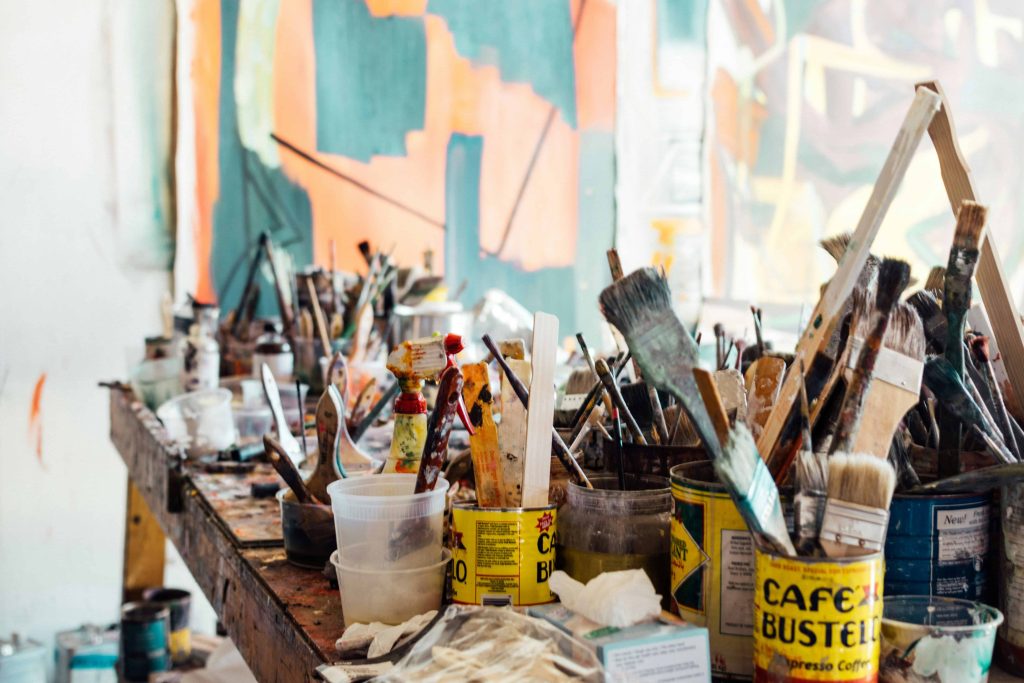
12 Jun Documenting and Sharing Community Art Projects
Documenting and Sharing Community Art Projects: A Guide to Leaving a Lasting Legacy
Community art projects are more than just creative endeavors; they’re expressions of collective identity, resilience, and vision. From mural paintings to interactive installations, these projects foster a sense of belonging and inspire positive change within neighborhoods. However, their impact doesn’t end when the paint dries or the last sculpture is installed. It’s essential to document and share these projects to preserve their memory and amplify their influence for generations to come.
Community art projects are collaborative efforts that bring together artists, residents, and stakeholders to beautify, educate, and advocate for change within their communities. Documenting these projects is crucial for capturing their essence and ensuring their impact extends far beyond their physical presence.

Capturing the Journey: Documentation Strategies
Visual Documentation:
Visual documentation serves as a powerful tool for preserving the evolution of community art projects. Utilize various mediums, such as:
- Photographs: Capture different angles, showcasing participation, progress, and the final outcome.
- Videography: Create time-lapses, conduct interviews with participants and artists, and document the creative process from inception to completion.
Written Documentation:
Written documentation provides context and insight into the project’s purpose and significance. Include:
- Project Description: Detail the project’s aims, inspiration, and materials used.
- Artist/Organizer Statement: Offer insights into the project’s goals and vision.
- Participant Reflections: Share quotes and stories from participants, highlighting their experiences and connections to the project.

Sharing Your Story: Dissemination Channels
Social Media Platforms:
Harness the power of social media to reach a wider audience. Consider:
- Choosing the Right Platforms: Select platforms based on your target audience demographics (e.g., Facebook for broader reach, Instagram for visual-centric content).
- Engaging Captions: Craft compelling captions and use relevant hashtags to increase visibility and engagement.
Project Website/Blog:
Create a dedicated online space to showcase the project’s journey and impact. Features may include:
- Visual and Written Content: Display photos, videos, and written narratives to provide a comprehensive overview of the project.
- Community Engagement: Enable comments and feedback to foster ongoing dialogue and participation.
Local Media:
Engage with local media outlets to amplify your project’s reach within the community. Consider:
- Reaching Out: Send press releases and pitches to newspapers, community radio stations, and TV channels.
- Highlighting Impact: Emphasize the project’s message and its positive impact on the community.

Beyond Documentation: Broader Impact
Documenting community art projects goes beyond preserving memories; it serves as a catalyst for broader change. Use documentation to:
- Secure Funding: Leverage documentation to attract funding for future projects and initiatives.
- Inspire Other Communities: Share your project’s story to empower and motivate other communities to embark on similar endeavors.
- Create a Lasting Legacy: Leave behind a tangible record of your project’s impact, ensuring its legacy endures for years to come.
Conclusion
Documenting and sharing community art projects is essential for preserving their memory and maximizing their impact. By utilizing various documentation strategies and dissemination channels, these projects can transcend their physical presence, inspiring positive change and fostering community cohesion. Let’s continue to document, share, and celebrate the transformative power of community art. Together, we can leave a lasting legacy of creativity, resilience, and hope.
Key Takeaways
- Community Art Projects as Collective Identity: They’re not just creative endeavors but expressions of collective identity, resilience, and vision, fostering a sense of belonging and inspiring positive change within neighborhoods.
- Importance of Documentation: It’s essential to document these projects to preserve their memory and amplify their influence for generations to come.
- Documentation Strategies: Utilize visual and written documentation methods to capture the essence and evolution of community art projects, including photographs, videography, project descriptions, artist statements, and participant reflections.
- Dissemination Channels: Use social media platforms, project websites, blogs, and local media to share the project’s story, engage a wider audience, and highlight its impact within the community.
- Broader Impact: Documenting community art projects serves as a catalyst for broader change, enabling funding acquisition, inspiring other communities, and creating a lasting legacy of creativity and hope.
- Conclusion: Documenting and sharing community art projects is crucial for preserving their memory, maximizing their impact, fostering community cohesion, and celebrating the transformative power of art.
FAQs
Why is documenting community art projects important?
Documenting community art projects preserves their memory and ensures their impact extends beyond their physical presence, allowing future generations to recognize their significance.
How can community art projects be effectively documented?
Effective documentation involves using photography, videography, and written narratives to capture the project’s evolution and purpose, providing insight into its significance.
What are some effective ways to share community art projects?
Community art projects can be shared through social media, project websites, and local media outlets, utilizing engaging content and outreach to inspire positive change within the community.
Find out how embracing accessibility in virtual tours not only benefits individuals with disabilities but enriches the experience for everyone.

